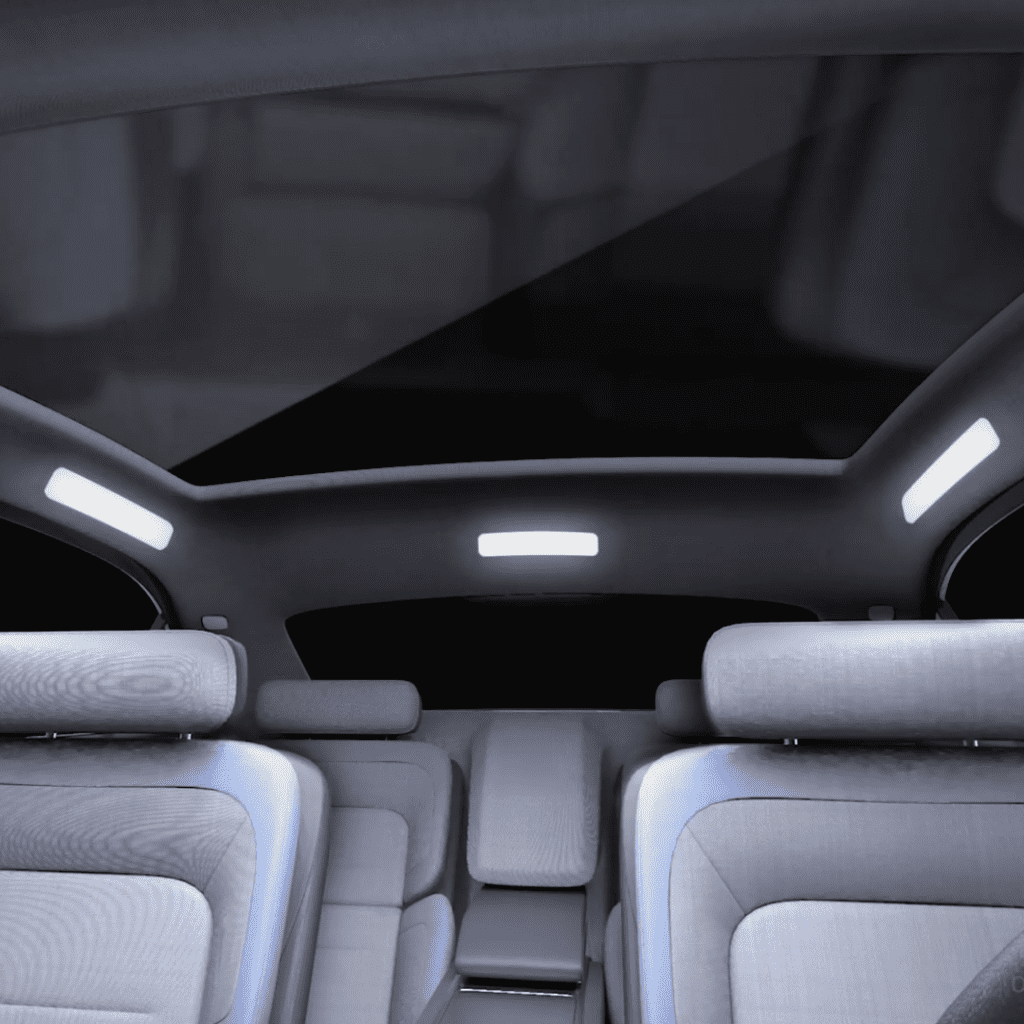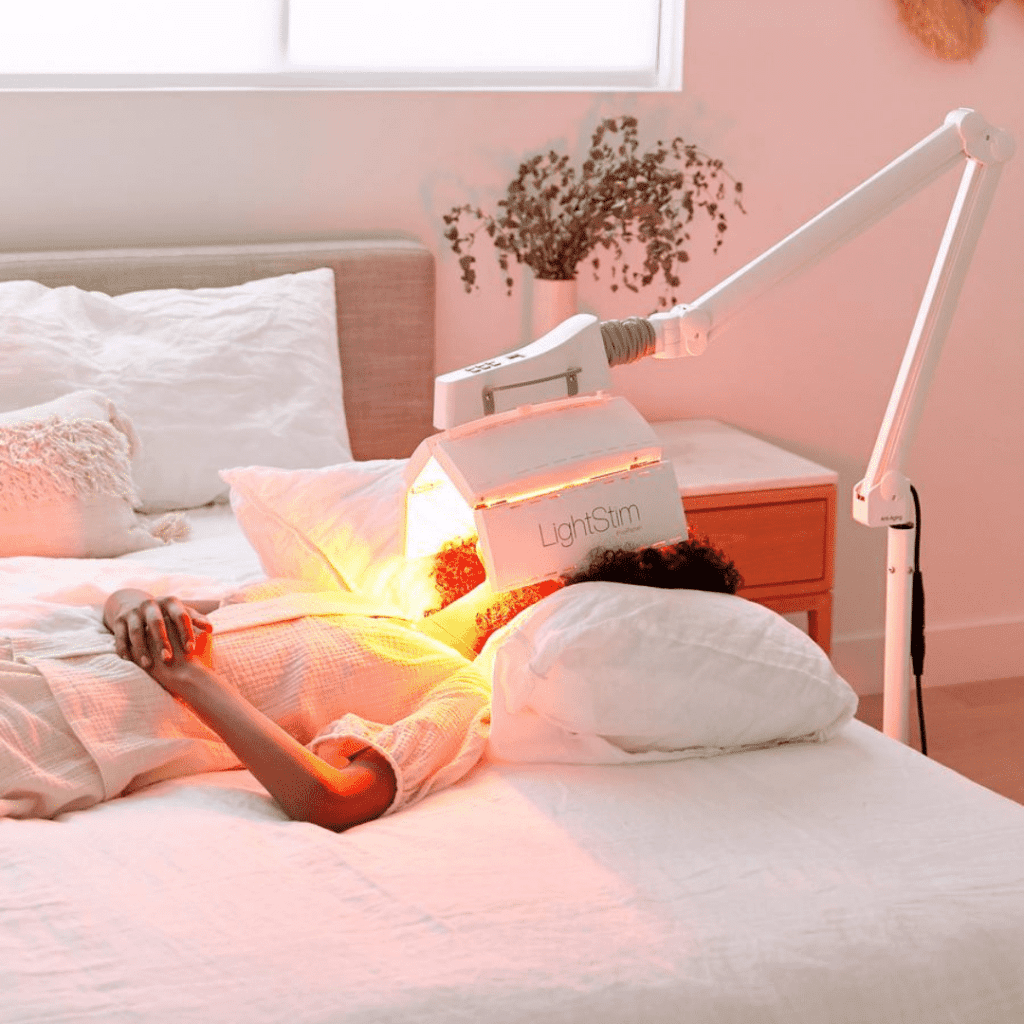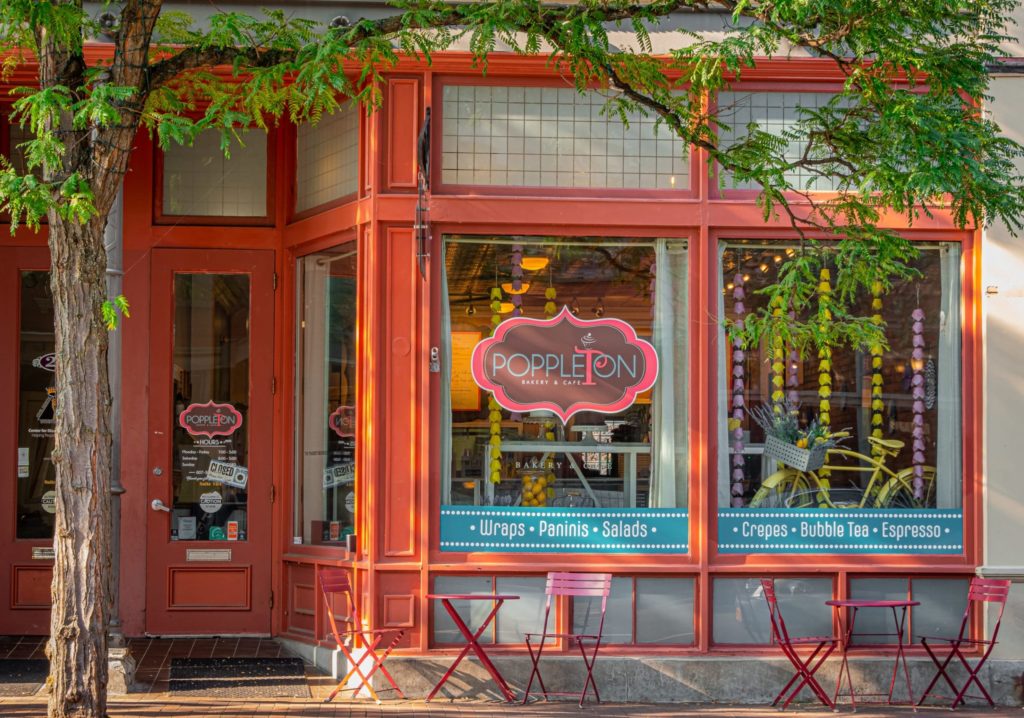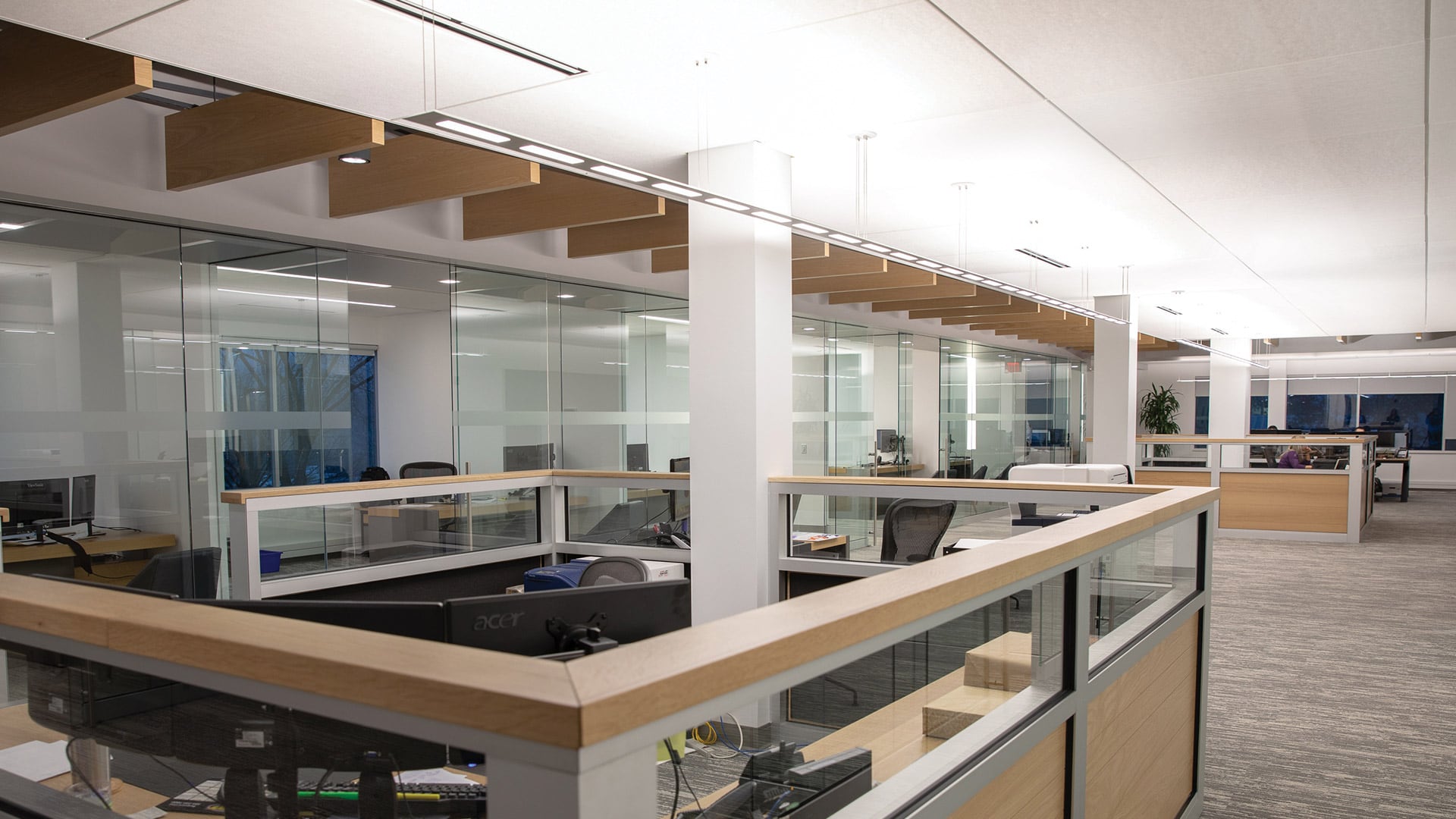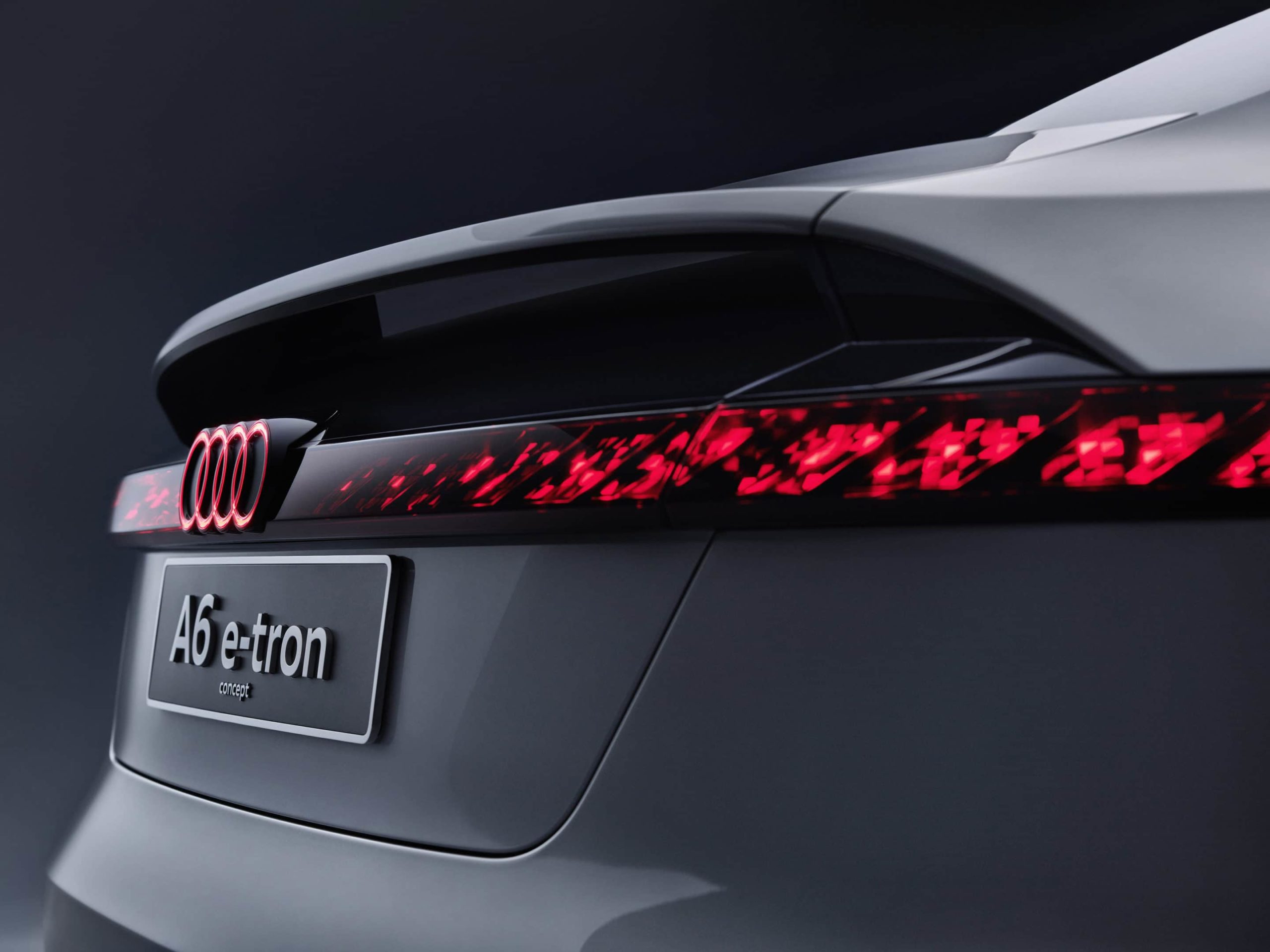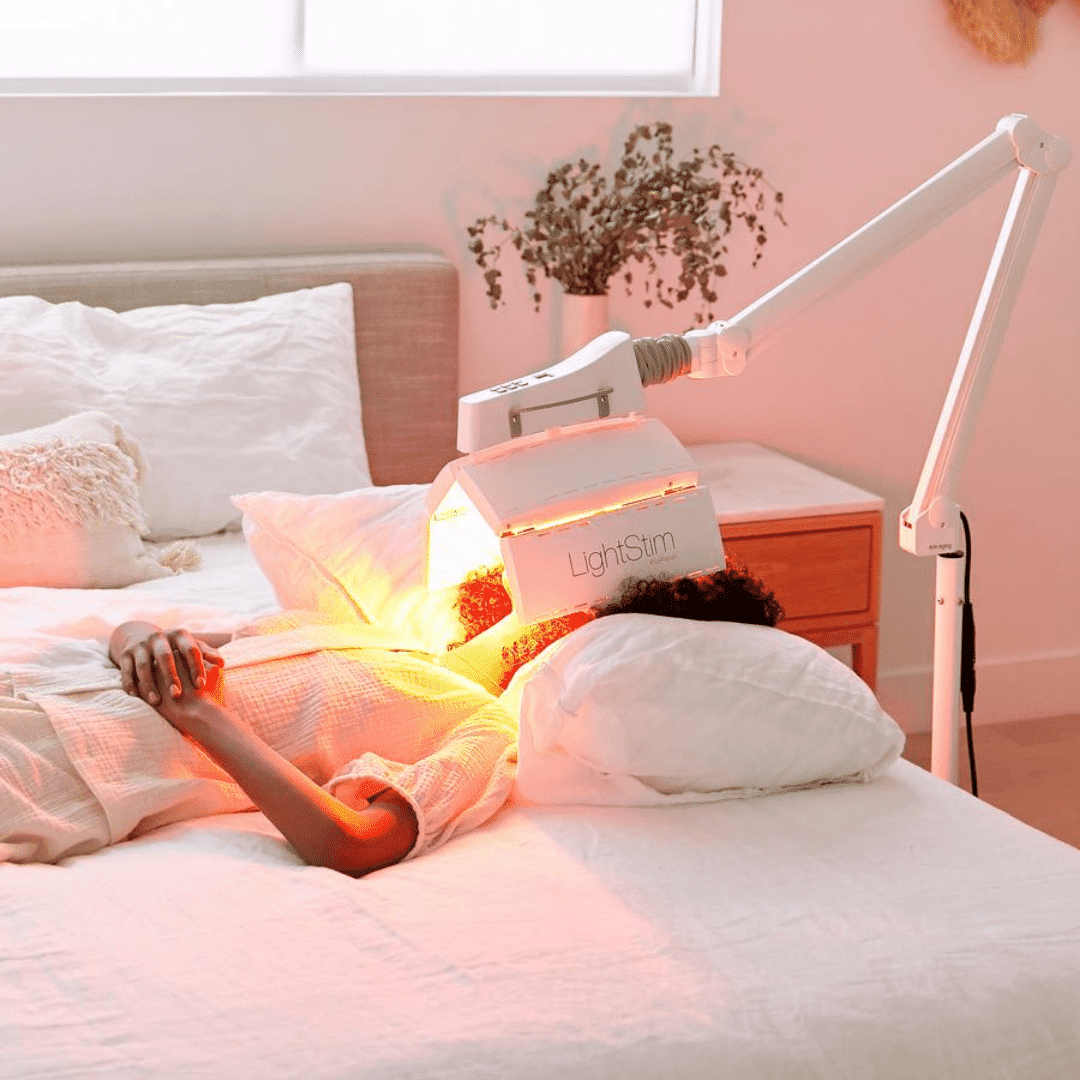Refrigerator Gets an OLED Light Makeover in Unique OLEDWorks Project
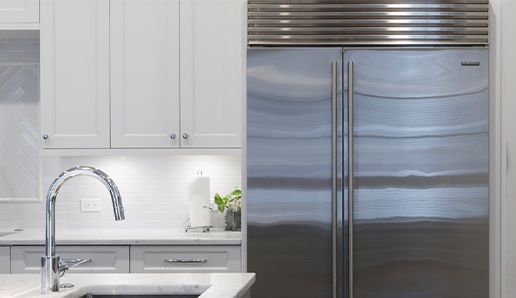
When we talk about OLED lighting, we often highlight the unique combination of thin profile of the panels and the minimal amount of heat they produce. The team at OLEDWorks put their creative hats on and came up with the perfect use case scenario for these attributes in an everyday appliance: the refrigerator.
You might be thinking, why a fridge? OLEDWorks does a great job outlining some of the reasons why using OLED lighting in a refrigerator is beneficial. The 2mm thin OLED panel is perfect for integrating in the tight space under the shelf and the low levels of heat generated using OLED panels allow for taller and stackable content without worrying about it coming too close to the light source.
In addition, the overall low heat profile will not counteract the cooling function of the fridge. In this use case, the diffuse OLED lighting and high color rendering are bonus features because it makes the contents of the fridge look much more appealing.
Check out the full article below, as well as some side-by-side shots of the fridge before and after the OLEDWorks team replaced the existing light source with OLED lighting panels. This is just another example of how OLED lighting is changing the way companies think about designing products.
Subscribe to OLEDLight.org. Illuminate your inbox with regular updates from OLEDLight.org on OLED lighting trends, influencer interviews, news, and more.
How to Get More Space in Refrigerators (Hint: OLED Light)
Originally published on OLEDWorks.com | By Dr. Kathleen Vaeth, Director of OLED UX | February 4, 2021
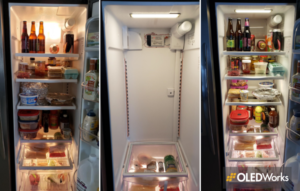
We often talk about the high quality of OLED lighting and how the OLED lighting experience is like none other. Today I want to highlight some of the other key advantages of OLED lighting panels – their thin profile, low heat output during operation, and excellent color rendering – that can offer new ways to integrate light into our products and provide a superior lighting experience.
Unlike most other light sources, OLED panels have a uniquely thin profile – on the order of 2 mm. Our engineering team was so excited to demonstrate how this can be of huge benefit in the design of embedded products, that they decided to retrofit the interior of a refrigerator with OLED lighting. The refrigerator was chosen as an ideal candidate for OLED integration because a key attribute that consumers consider when purchasing a refrigerator is the available volume inside the unit.
Challenges with Current Refrigerator Lighting
Refrigerator lighting modules, which range from incandescent bulbs at the low end to LED arrays at the high end, can be bulky and often limit food storage in their immediate vicinity. As a result, only one or two fixtures are typically used to light the entire interior. With shelving and food containers as obstacles, this can lead to dim and uneven illumination, particularly towards the bottom of the unit. Incandescent lighting fixtures can also generate heat, which is at odds with keeping food cold and fresh. Excellent color rendering is also desirable to help make the contents looks appealing.
With their thin profile, diffuse illumination, high color-rendering capabilities (CRI of 90), and low heat output, OLED lighting panels are a perfect fit for refrigerator applications, expanding the design possibilities for lighting these spaces. Integration on interior side walls or underneath shelving allows for the incorporation of more light in locations closer to the contents without sacrificing storage volume, and low heat output means that OLEDs placed directly above food items won’t sacrifice food freshness.
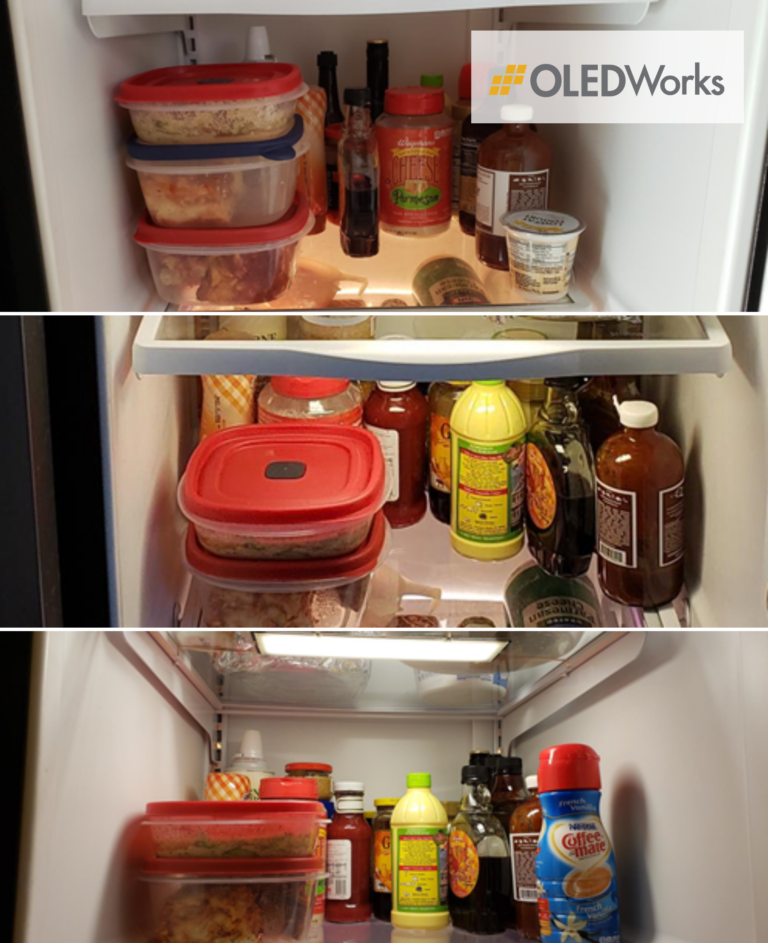
OLEDWorks Team Retrofits Refrigerator with OLEDs
Our team used the personal refrigerator of one of our engineers to complete the install. The original layout of the unit before the lighting upgrade used two incandescent lighting fixtures, one on the back wall over the top shelf, and another in the crisper. This resulted in poor lighting for the middle shelves, with harsh, uneven illumination throughout.
In the retrofit, the OLEDWorks team decided to remove the top lighting fixture and replace it with four rectangular OLED panels mounted horizontally above each shelf. You can see in the picture of the empty refrigerator above that with only the top panel mounted, the horizontal and vertical surfaces of the interior are more evenly lit with the diffuse OLED illumination, and the final result is homogeneous, glare-free, attractive, and elegant. This is further illustrated in the closeup pictures of one of the shelves before and after the lighting upgrade, which you can see below. The thin profile of the OLED panel facilitates the inclusion of more light into the refrigerator without sacrificing additional space, opening up new approaches for incorporating light into these units.
It’s clear that OLED lighting’s thin profile, diffuse nature, and low heat output make it an ideal light source for an elegant and comfortable lighting experience. And now that we have seen OLED lighting in our own fridge, we’re eager to see OLEDs adopted in more home lighting products! If you are interested in talking to us about your own product designs that utilize OLED lighting for the home, we’d love to hear about it.
